mensanthropist [ men-san-thruh-pist ] noun
a person, who actively participates in fulfilling one of Mensa’s objectives by fostering and utilizing intelligence for the benefit of humanity
One does not necessarily have to be a Mensan or even have an IQ above 130 oneself, and yet one can make a significant contribution to the beneficial use of intelligence……
I recently took part in a public family game prepared by the Jaroslav Foglar Scout Foundation on the occasion of the 80th anniversary of the first publication of Foglar’s book The Riddle of The Puzzle (Záhada hlavolamu). The game consisted in placing various objects related to The Rapid Arrows (Rychlé šípy) in twenty-five places in the Old Town of Prague from December 2020 to March 2021 and our task was to discover them. We could play choose our own day and time to play. That was a great idea in the time of the pandemic, even so we met groups of people of all ages who apparently went to the Old Prague with the same goal.
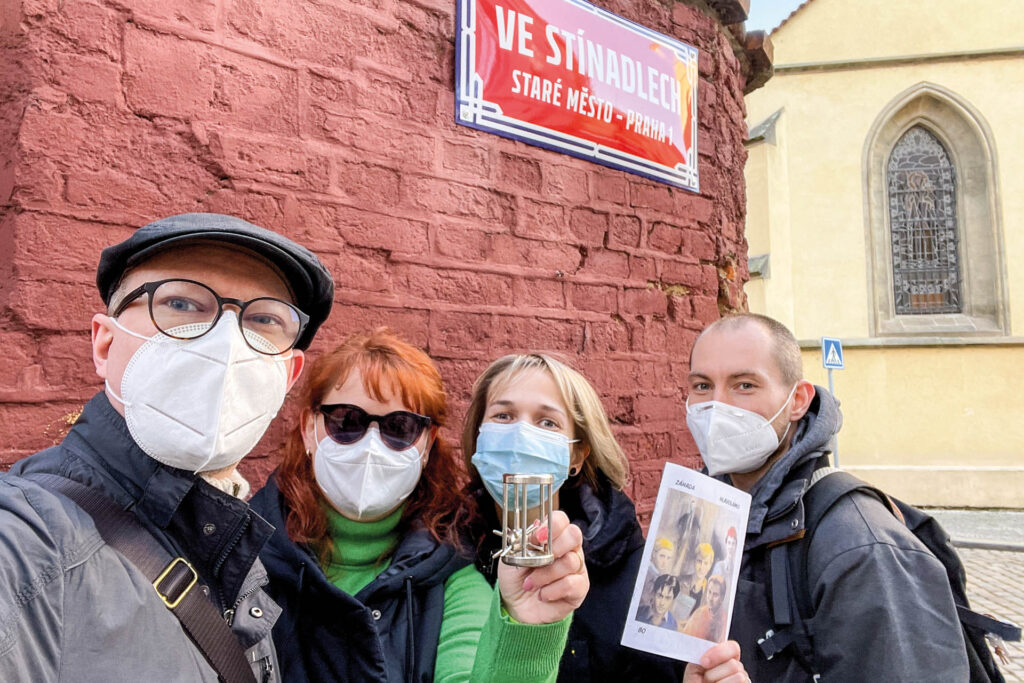
I admit that as a kid I grew up more on Karl May and Jules Verne’s book. I hadn’t read The Rapid Arrows in either comic or book form, having only seen the 1969 TV series The Riddle of the Puzzle (Záhada hlavolamu) with Jan Tříska as Široko. The Hedgehog in the Cage, however, was the third puzzle I was given in my preschool age, after the Rubik’s Snake and the Rubik’s Cube, and I liked it immediately. It’s one of the easiest puzzles, you have to use your dexterity rather than your brain to solve it, but it looks really good and it’s the most famous Czech puzzle…
That’s why when my wife told me that a friend had discovered this game, I immediately agreed to participate. We were each interested in something different though. For me it was the twenty-five mysterious artifacts. For my wife the opportunity to peek into the lesser-known corners of the Old Town. In this respect, it really was a well-designed family game in which everyone could find their own thing, including, for example, a long walk in the fresh air, as it took about four hours to find all the twenty-five items.
The Old Town was chosen for the game because it was at least partly the inspiration for most of Foglar’s stories. In an interview with Karel Sýs in 1987, Foglar said: „I am a fan of the Old Prague. I love the corners, the passages, the gas lanterns. I thought I knew Prague perfectly, inch by inch, but even today I find new surprises… I had a fixed idea that my heroes lived in an ancient part of the city, like Liliová Street or Melantrichova Street, but I was also inspired by the gaps in Moravská Street. There were loads of gaps.“



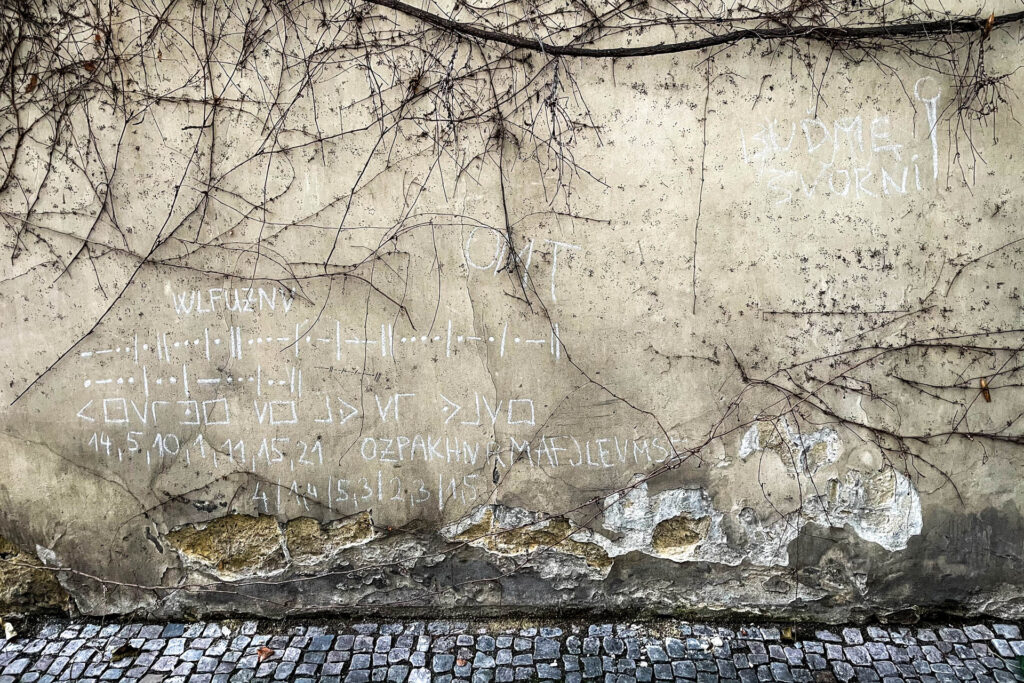
In order to make the play work for the general public, it wasn’t hard to find individual artifacts. The organisers even prepared a nicely designed game notebook, with excerpts from Foglar’s books as aids. But if you were looking for more you could also find more, from chalk-drawn pins and mysterious inscriptions „BS ŽJBN NNCV MCHN“ to coded messages on the wall in Zlatá Street.
Those who successfully found at least 13 items were able to access a previously unpublished chapter from the unfinished fourth installment of the Shadowlands epic after entering the clues they’d received on the game’s website. This chapter about who Jan Tleskač was is written in an interesting way – as if it were narrated by the ghost of Jan Tleskač, who doesn’t quite remember everything anymore, eighty years later.
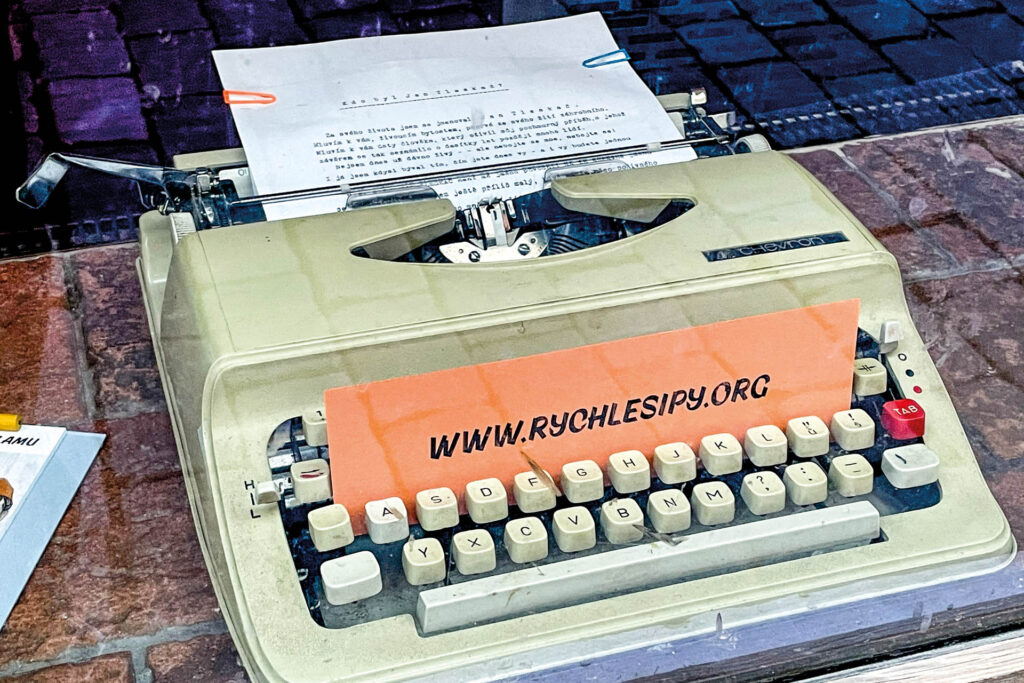
We wanted to be well prepared for the game, so the night before we re-watched the entire Mystery of the Puzzle TV series, and then I researched the game route on Google Maps (https://www.google.com/maps/d/u/2/edit?mid=1Jal7kgU_ApstlA03iEmP6LmLY2Oo_Z58&usp=sharing). This way I found out that part of the game could be played from the comfort of my home, and thanks to the panoramic Street View images, I even determined seven of the first thirteen clues in advance and just verified them in the field.
The game made for a very pleasant Sunday afternoon, but when I was going through the photos from that day at home, something about it struck me even more. It was how the phenomenon of The Rapid Arrows, Shadowlands (Stínadla), Vonts and the Hedgehog in the Cage lives on and can enthuse many people of all ages, pulling them out of their homes and making them look for hidden clues and solve mysteries, even eighty years after The Rapid Arrows was written and twenty-two years after its author’s death. So I decided to fill in the gaps in my education and read up on Jaroslav Foglar.

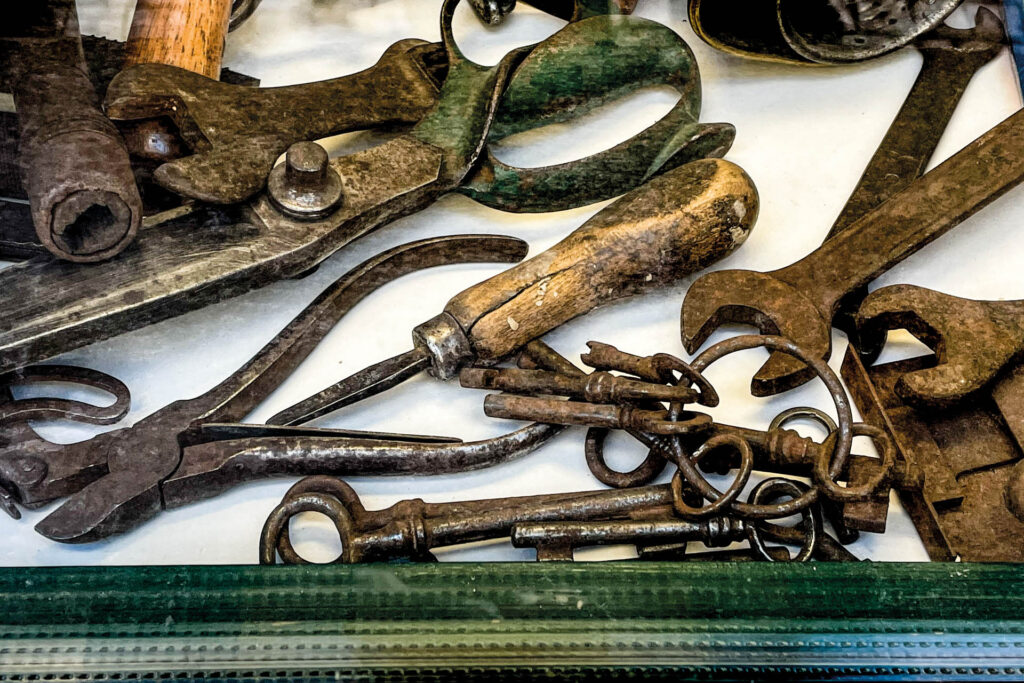
Foglar really knew how to choose when to be born. In 1907 he had just enough time to grow up to become a schoolboy before the start of the First World War. He joined the Boy Scouts movement by mistake, thinking it would help him to get into England for free. But he was so enthusiastic about scouting that he returned to it even after his mother forbade him to do so because of a cold, and became its most famous Czech promoter so far.
He led Prague’s second scout troop, known as Troop Two, as troop leader with the nickname Hawk for 60 years (from 1927 to 1987), much of that time underground when scouting was banned first by Hitler and later by the communists. During the totalitarian era, he did not avoid cooperation with the StB, which helped him to continue to lead the troop under the guise of a hiking troop, but according to sources cited in Wikipedia, he managed to talk his way out of it by writing a letter to the officer in charge, in which he desperately wrote that he was not up to this cooperation in terms of time or nerves, whereupon the StB surprisingly closed his file and put it away.
Jaroslav Foglar’s main asset was his literary talent, which he used to promote scouting and to educate and motivate young people to behave morally and responsibly. He began writing as a boy, and wrote his first documented published work, the short story Victory (Vítězství), at the age of sixteen. By the time he was twenty-seven (1934) he had already won a literary competition for the best book for young people organised by the Melantrich publishing house.

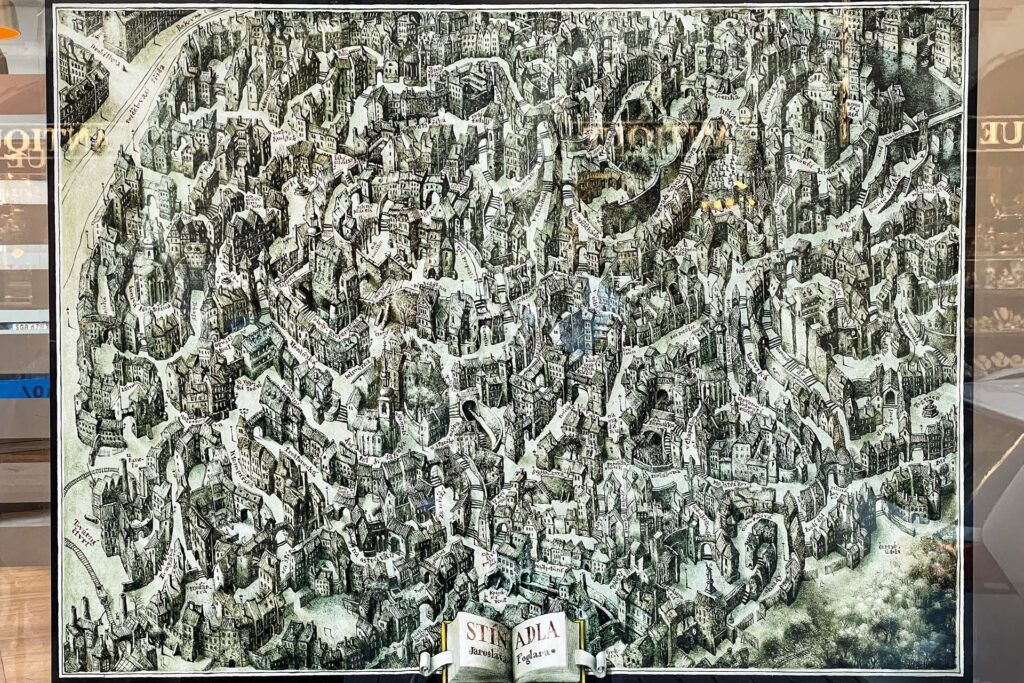
Inspired by scouting, Foglar used his stories to entice boys to spend their free time exploring, unraveling mysteries and solving puzzles. He first created The Rapid Arrows as a comic strip, which was regularly published in The Young Herald (Mladý hlasatel) magazine. He supported its spread by encouraging the formation of reading clubs where young people would meet, read The Rapid Arrows together, and either undertake similar adventures or at least imagine doing so. In just four years, before The Young Herald was officially stopped by the Germans in 1941, more than twenty-four thousand such clubs were founded.
It was also the first time the stories of The Rapid Arrows were published in book form. The book, originally given the working title of The Mysterious Puzzle (Záhadný hlavolam), was finally published under the title The Riddle of The Puzzle (Záhada hlavolamu). To prevent reading clubs from losing their source of stories, Foglar began writing scripts for the radio programme The Curious Children’s Club (Klub zvídavých dětí). This resulted in 15 lengthy scripts, which together form a closed story of six Prague children.
Some passages in Foglar’s books look more like illustrated manuals, with detailed descriptions of game rules and enumerated principles of correct behaviour. But they do not lose their readability and do not bore. On the contrary, they directly encourage one to try the described activities for oneself. In the stories, Foglar does not spare tragedies – but these do not usually affect the main characters and are used educationally because they are caused by irresponsible or dangerous behaviour.
In one of the first articles in the Young Herald, for example, Jaroslav Foglar described the mini survival kit (Krabička poslední záchrany or KPZ) in detail. I have not been able to find out if it was his invention, but thanks to him, today perhaps every Czech knows what a KPZ is, and many boy carry sone in thair pockets. Or it was so at least when I was a kid.
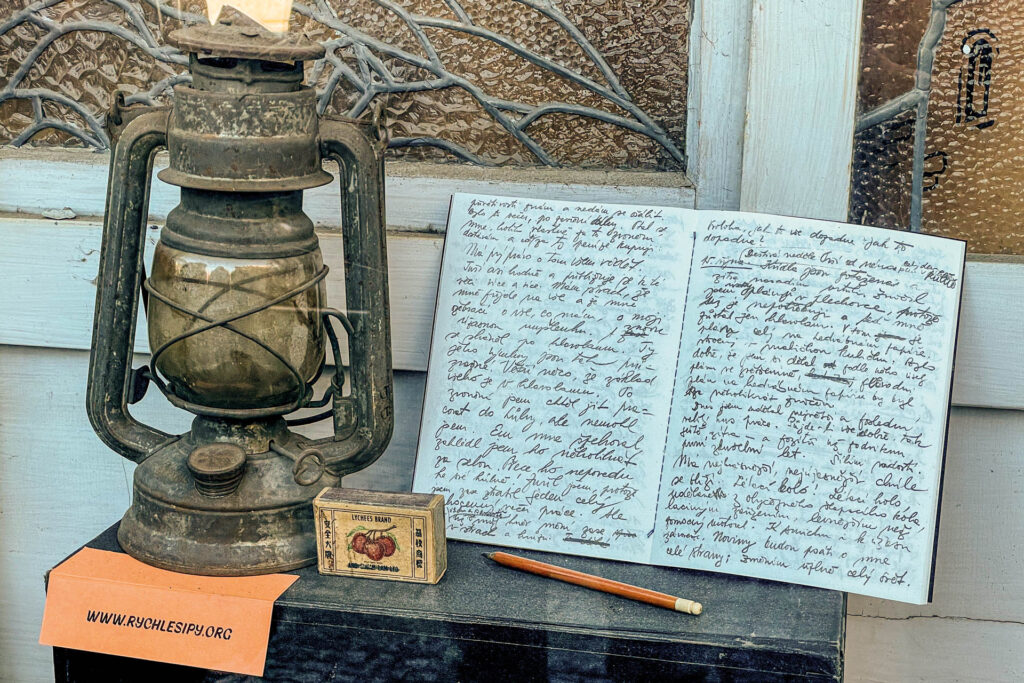
What so many people, especially in the Czech Republic, don’t know is that Jaroslav Foglar didn’t invent the Hedgehog in the Cage. It was first published in the United States in an 1886 US Trick & Novelty Co. catalogue, and later in The American Stationer on April 18, 1895. So it is not an original Czech puzzle, which disappointed me a little. But it seems that Foglar was the first to come up with the idea of the openable hedgehog as a hiding place for a closely guarded secret. But did you know that you couldn’t buy a metal openable Hedgehog in the Cage anywhere until 2013, when it was faithfully replicated by Radek Micopulos?
Wherever it comes from, however, the Hedgehog in the Cage is definitely one of the most attractive puzzles and, thanks to Foglar’s life’s work and his successors, it is not losing its popularity – at least in the Czech Republic. Even without The Rapid Arrows stories, it has the ability to captivate and attract many curious minds to puzzles in general. When I add mystery solving and mysterious ciphers, I can’t help but notice the similarities with the activities of the national Mensa gatherings and some SIGs.
I don’t know what Jaroslav Foglar’s IQ was, nor do I know if it was ever measured. He was not a member of Mensa as far as I know, but his contribution to the development of intelligence is, I think, undeniable, and continues even after his death. His methods clearly work, and I think that whatever activity we come up with that benefits humanity, we can draw inspiration from him to at least get as many people as possible excited about it – and at best start something that will continue when we’re not around.
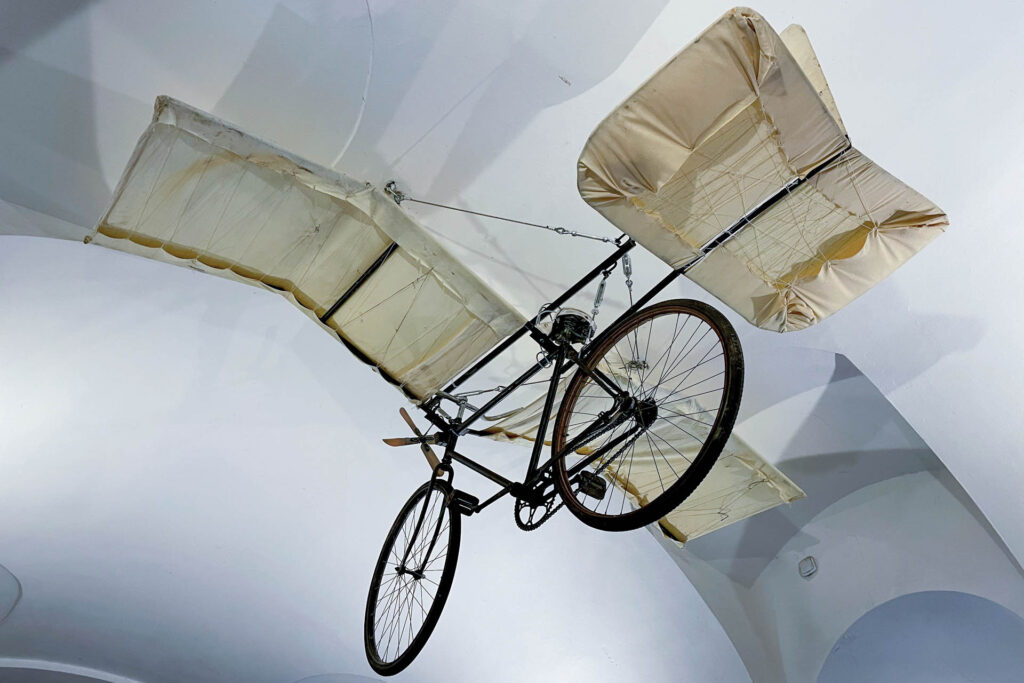

If you’d like to read more, here are some links to resources I’ve drawn from:
The Rapid Arrows
Jaroslav Foglar Scout Foundation
Jaroslav Foglar on Wikipedia
The Rapid Arros on Wikipedia
Hedgehog In The Cage on Wikipedia
Radek Micopulos on Wikipedia (Czech only)
